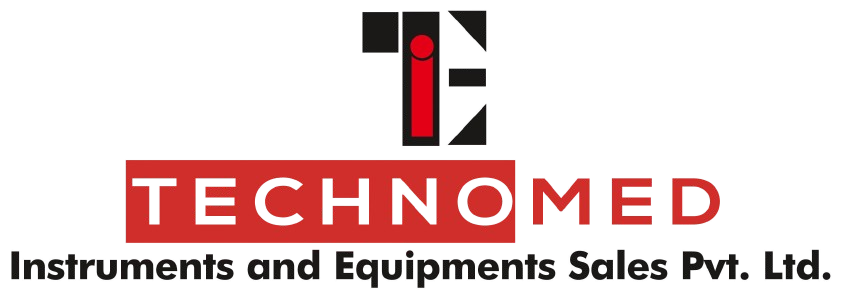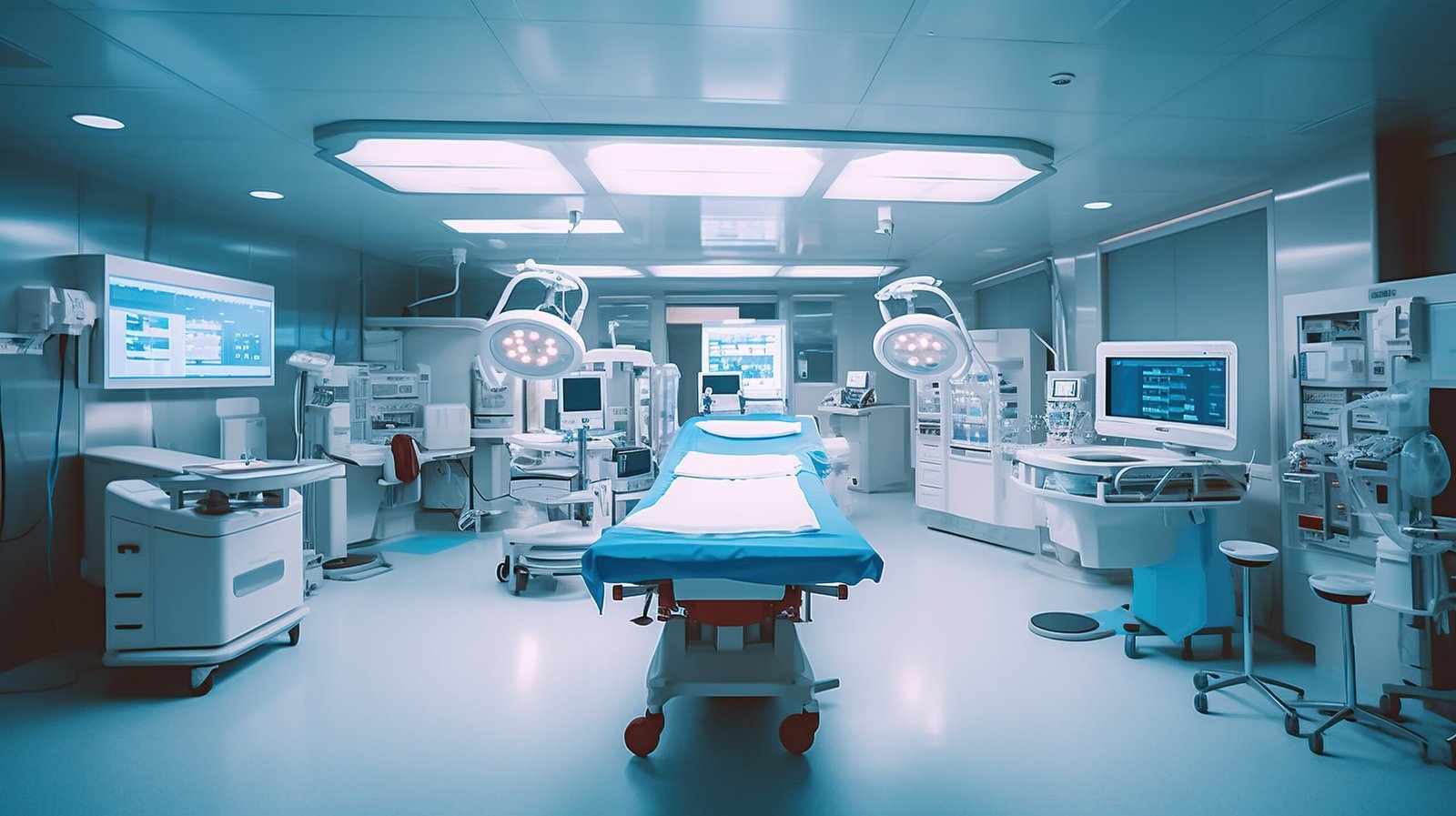Reducing Noise in Operating Theatres : Best Suction Unit Practices
Suction Unit Noise Reduction
Operating theatres are high-pressure environments where focus, precision, and communication are essential for successful surgical outcomes. However, one factor often overlooked is noise, which can disrupt concentration, communication, and even patient safety. Among common sources of noise in the operating theatre, suction units—essential for removing blood, fluids, and debris during surgery—play a significant role.
Implementing the best practices for suction unit usage can help reduce noise levels, ensuring a calmer, safer, and more efficient surgical environment.
Why Noise Reduction Matters in Operating Theatres
- Enhanced Surgeon Focus:
Excessive noise can distract surgeons, increasing the risk of errors during delicate procedures.
- Clear Communication:
Surgical teams rely on verbal communication to coordinate tasks. Noise from equipment can interfere with instructions, jeopardizing patient safety.
- Reduced Stress for Staff and Patients:
High noise levels contribute to stress and fatigue for medical staff and can increase anxiety in patients undergoing procedures under local anesthesia.
- Equipment Longevity:
Proper maintenance practices not only reduce noise but also prolong the life of suction units.
Best Suction Unit Practices to Minimize Noise
1. Regular Maintenance and Servicing
- Ensure the suction unit’s motor and pump are checked periodically.
- Lubricate moving parts and replace worn-out components to prevent loud mechanical sounds.
- Clean filters and hoses to avoid clogs, which can cause the unit to work harder and become noisier.
2. Optimal Placement of the Unit
- Position suction units away from direct patient areas where possible.
- Avoid placing the unit on uneven or unstable surfaces to prevent vibrations that amplify noise.
- Use anti-vibration pads or rubber mats beneath mobile units to dampen sound.
3. Use of Flexible, High-Quality Hoses
- Invest in hoses that reduce vibration and resonance.
- Avoid kinking or bending hoses sharply, as this increases suction resistance and noise.
4. Proper Suction Settings
- Set vacuum pressure according to the specific procedure requirements.
- Using higher-than-necessary suction levels can increase motor strain, creating additional noise.
5. Select Noise-Optimized Suction Units
- Modern suction units are designed to operate quietly without compromising performance.
- Consider units with low-decibel motors or built-in noise-dampening features.
6. Staff Training
- Train staff to handle suction units carefully, avoid sudden movements, and monitor noise during operations.
- Educate teams on troubleshooting minor issues that can generate extra noise.
Additional Tips for a Quieter Operating Theatre
- Combine Multiple Suction Tasks: Avoid running multiple units simultaneously if not needed.
- Schedule Maintenance During Off-Hours: Reduces disruptions during critical procedures.
- Monitor Noise Levels: Some hospitals use sound level meters to ensure a calm operating environment.
Benefits of Noise Reduction in Operating Theatres
- Improved Surgical Precision: Surgeons can focus better without distractions.
- Safer Patient Care: Clear communication ensures timely responses and coordination.
- Enhanced Staff Well-Being: Lower stress and fatigue for nurses, anesthetists, and surgical assistants.
- Longer Equipment Lifespan: Proper maintenance and usage reduce wear and tear.
Conclusion
Noise in operating theatres is more than an inconvenience—it impacts patient safety, surgical precision, and staff well-being. Suction units, while essential, can contribute significantly to this issue if not properly maintained or used. By following best practices, such as regular servicing, optimal placement, proper settings, and staff training, hospitals can ensure a quieter, safer, and more efficient surgical environment.
Optimize your operating theatre today by choosing Technomed’s advanced, low-noise suction units and implementing best practices for quieter, safer surgeries. Contact us to learn more about our equipment and training solutions.




